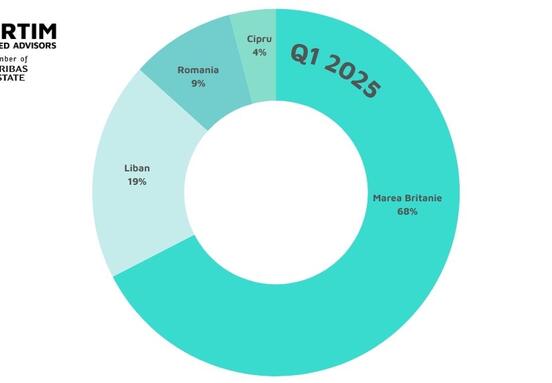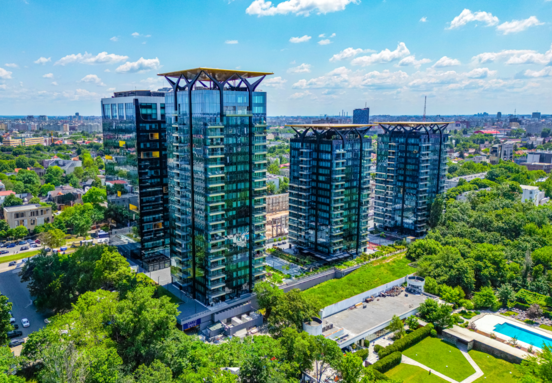Over the past two years, housing has seen considerable price increases, with the main reason behind the trend being the strong growth in demand, amid a combination of factors such as the affordability of lending, rising wages and the increasing importance of living space.
The apartment transactions market set new records last year in terms of both sales and deliveries. In total, 71,405 homes were delivered nationwide in 2021, up 5% compared to the previous year. As the total surface authorized by developers in 2021 increased by more than 15% over 2020, to more than 12 million square meters, the residential sector is headed for new delivery highs this year. In the first quarter of the year, there was an 11% increase in the number of built housing units compared to the same period last year, and the volume of investments in new housing increased by 21% in the same period. The value of investments in the construction of new housing reached 4.6 billion lei in the first quarter, an increase of over 50%, an advance that emphasizes the significant increase in the prices of construction materials.
“Recent indications on the demand side suggest that there should be no problems with these areas being absorbed. The sales price is always the result of supply and demand, with demand in the residential market being positively driven by lending, both through low interest rates and the affordability of credit and supportive mortgage programmes. However, we are now witnessing a tightening of monetary policy, which could slow down the speed of credit growth. It remains to be seen how far interest rates will go in an attempt to tame inflation and what will be the impact of this trend in the number of mortgage loans granted”, says Gabriel Blăniță, Associate Director Valuation & Advisory Services at Colliers Romania. Otherwise, as the Governor of the National Bank of Romania warned, there is a risk of a recession in the coming period, which would help reduce inflationary pressures, but would hinder the demand on the residential market as it would affect people’s appetite to buy houses, Colliers’ expert points out.
In Bucharest, the gap between the number of transactions and housing deliveries increased by more than 50% last year compared to 2019. The outbreak of the pandemic collapsed housing demand in Q2 2020, when the market froze and saw a brief period of price declines after 7 years of successive increases. Currently, the gap between supply and demand remains significant, but there are signs that this corridor is starting to narrow as deliveries increase and demand slows.
In the rest of the country, this evolution was even more striking, with the difference between the number of transactions and deliveries increasing almost threefold in the last period compared to 2019. Cluj Napoca, Iasi, Timisoara, Constanta and Brasov are the main poles where demand for housing in the country is concentrated, with around a third of transactions nationwide recorded here in total. The capital’s metropolitan area is responsible for another third, and the other 35 counties together make up the final third.
Over 21,000 units are now under construction in Bucharest and its surroundings, about 7,000 units in Iasi and over 5,000 in Cluj Napoca. In the absence of major macroeconomic risk factors materializing in 2022, Colliers consultants expect the market to reach a new record in transactions and deliveries this year.
“For the first time since 2015, wage levels in Romania have increased at a rate both below inflation and below residential price growth. If at the beginning of 2021 it took about 7.5 years of average salary to buy the average apartment, now we are looking at over 8 years. Therefore, we expect that in the next two years, a period characterized by high inflation and an increase in interest rates from historical lows in 2020, this trend will continue and we will have less affordable housing in terms of price”, says Gabriel Blăniță.
However, in many Western cities and even capitals in the region, housing affordability ratios are considerably worse for consumers, suggesting that even in a negative economic scenario, Romania should not suffer a significant price correction.







